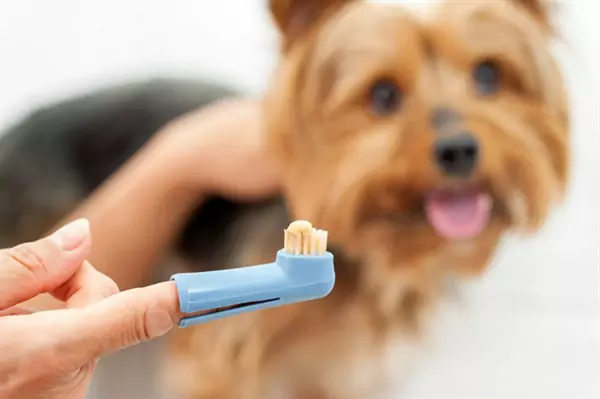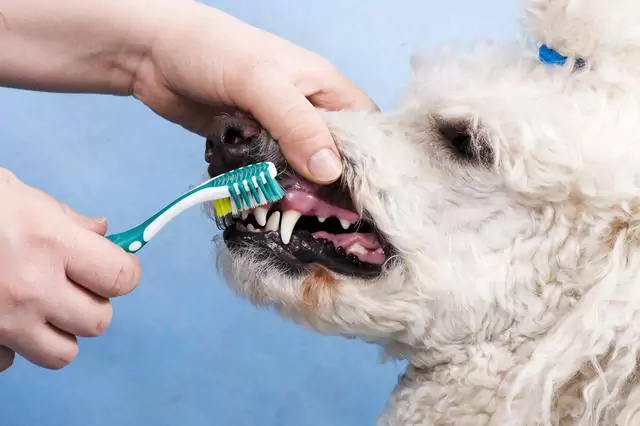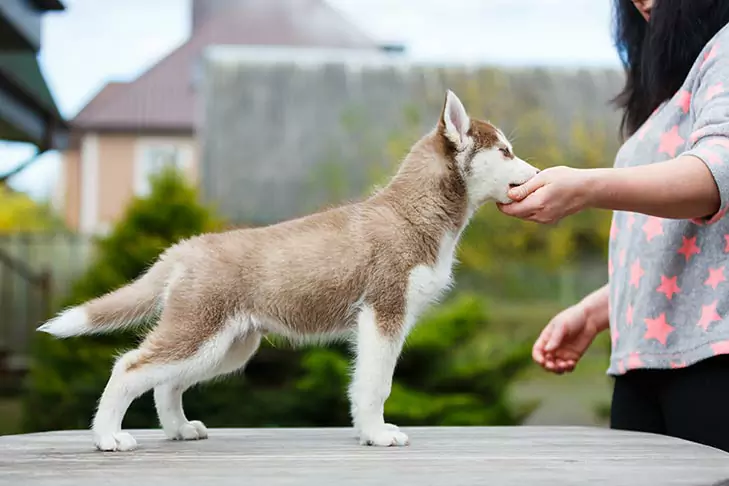How do cats purr? Cat Habits
2022-07-01
How cats purr
If you have a cat, you must know that when a cat purrs, it is happy and comfortable, and it must be very docile at this time. There are many reasons for this, do you want to know? The next small love to analyze the analysis.
First of all, we want to know the reason we have to analyze how it is issued purring sound, many people may be curious, the cat purring sound of the time and did not open its mouth to call ah? Then how does it do it? He is through what issued this sound? May not know people will have to venture a guess: is there a unique organ where we do not know ah? In fact, cats do not have any organs specifically for purring, but through the rapid vibration of their own throats, the central nervous system to send signals, and then received by the muscular nerves of the throat, and then by the cat's inhalation and exhalation at the same time, the throat will continue to contract and stretch, which produces the purring sound we can hear in the human ear.
The above said why it can make a purring sound, the next love to say why it should make this sound, in fact, every cat since birth will make a purring sound, in the cat just born is still small, the cat is actually deaf and invisible, but they also want to eat to live, so the purring sound is the communication bridge between the mother and kitten, in the cat is hungry even when The cat will be given food when it is hungry. However, in veterinary medicine, most veterinarians believe that cats purr to express that they are in good health, and as cats grow up, they slowly become representatives of happiness and satisfaction. It is also said that purring can help relieve pain. This is the case when a female cat is in labor.
So the next small love to talk about the cat purring is to represent what? First of all, it is undoubtedly because of happy and satisfied, but cats will also purr when they are angry or feel stressed. But cats purring is definitely more than just a situation, just like we humans laugh, it doesn't mean we are still happy, sometimes it's mocking, sometimes it's relaxed, and sometimes it's even sad. So cats purring will also have many kinds a there. In addition it has been found that cats can actually stimulate bone healing and keep their bones strong when they purr.
This time many pooper scoopers do not understand, then how to distinguish the cat is happy or unhappy? I think that although the cat's purring does not necessarily mean happy, but in most cases yes, in your home from work cat purring and rubbing you hard, that does mean happy. If your cat's bowl is empty at mealtime, purring at this time means it is hungry and looking for you to feed it. When it is injured or uncomfortable, and does not want to interact with you, that means it is relieving its own pain. It is actually very easy to distinguish, as long as the pooper scooper pays attention to the surrounding situation at the time, you can understand.
After all this, do you understand the general meaning of the pooper scoopers? The next time your cat makes a purring sound, you can pay attention to it and guess what it means. Of course, cats purring is indeed beneficial but not harmful. The pooper scoopers are not clear and do not worry too much about it. The above is also purely a personal opinion after I love science, do you know what else could be the reason?
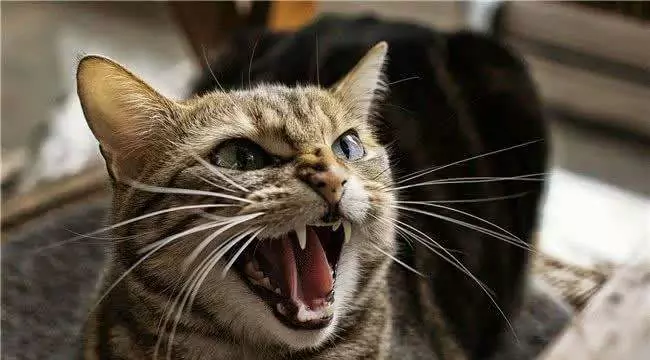
Why do cats purr
I. From a professional pet medical perspective, the skeleton of the cat's larynx consists of the nail and ring cartilage. The laryngeal cavity is divided into 3 parts, the upper part is the laryngeal vestibule and the trailing edge is the pseudovocal folds. The cavity between the pseudovocal cords and the true vocal cords is the second part of the laryngeal cavity. The third part is the cavity between the vocal cords and the cartilage ring, which is very narrow.
Second, the purring sound made by the cat is when the pseudovocal cords vibrate and resonate through the laryngeal cavity and make a sound. As long as the cat feels satisfied, excited, emotional and mental relaxation, it will make this light purring sound. In fact, when the cat purrs it is not asleep, because when the cat is usually playing, nervous or quietly sleeping, it will not make a purring sound.
Third, the cat purring sound may also help to stimulate the muscles and bones, and the vibration of a certain frequency produced when purring helps to keep the bones and muscles in good condition. Of course, some people believe that cats purr because they are releasing "painful stress", for example, when they have broken bones and are in pain, they will hear the cat purr.
What does it mean when a cat purrs sometimes?
1. The purring sound made by cats is the sound made by the resonance of the larynx when the false vocal cords vibrate. The cat will make this light purring sound whenever it feels satisfied, excited, and emotionally and mentally relaxed. In fact, the cat is not asleep when it purrs, because it does not purr when it is usually playing, nervous or quietly sleeping.
2. Some people also believe that the cat purring sound may help stimulate the muscles and bones, and that the vibrations produced at a certain frequency when purring help keep the bones and muscles in good condition. Of course, some people also believe that the purring sound means that the cat is releasing "painful stress", for example, when it breaks a bone and is in pain, the cat will be heard purring.
Habits of cats
1. Nocturnal nature. Wild cats have a diurnal and nocturnal habit. The cat's eyes are distinctive in that its pupils can dilate to the shape of a full moon in a dark place. Even in the dim conditions at night, the cat can still see the target. At the same time, the cat's sense of hearing is also very sensitive. In daily life, the cat mainly relies on its sense of hearing to pay attention to the surrounding movement. At night, it mainly relies on its sense of hearing to detect the location of mice hiding and activities. These characteristics of the cat are conducive to its hunting at night.
2. Solitude by nature. Cats like to live in solitude and freedom. Anyone who has ever owned a cat knows this. Cats and dogs are very different, dogs see their masters, wagging their tails, very enthusiastic, and very obedient to their masters, while cats are mostly a yawn, stretch, close their eyes and then sleep, sometimes also cross body in your lap a few rubs, is the most friendly to you said.
3. love a bright and dry environment. Although domestic cats often lie around at night, but in the daytime they do not want to hide in a dark corner, but prefer to lie in a dry, bright and warm place, and they also like to look up high, so as to facilitate the timely detection of prey or to cope with the unpredictable. Interestingly, when two cats come together, the higher they climb, the more powerful they are.
4. Playful habits. Cats are active and curious by nature. A variety of domestic cats are active and often like to simulate the game of catching prey, often under the owner's teasing, perform a lot of pleasing "show" to. 5.
5. Strong vigilance. As the saying goes, "dogs love people, cats love houses". This is because the cat is lonely by nature, so its guard is particularly strong, only know where they live, generally speaking, do not recognize the owner. Cat owners know that cats always sleep with their ears squeezed under their forelimbs, so that they can protect their ears and keep them on the ground. Hearing is very important for cats to maintain the necessary alertness, and once they hear movement, they can immediately take the necessary action. In addition, the cat uses its body to rub against its owner and against the cat it is familiar with. This behavior of the cat is actually to leave its scent behind, so that it can be reassured when it smells it again in the future. When you meet a cat you don't know, you have to smell the tip of its nose and tail first. Often it is not waiting to finish smelling and then fight.
6. Strong adaptability. Where there is human habitation on earth, there is a cat family. Adult cats change their coats once a year in the spring, summer and autumn/winter seasons to adapt to changes in climate. According to practice, the most suitable temperature for cats is 18-20 degrees. 7.
7. Do not urinate and defecate casually. Cats often choose secluded and dark places and places with dirt, ash and other debris to urinate and defecate, and immediately bury the urine and stool by picking up the soil with the forelimbs. According to this habit of the cat, the owner can place a shallow dish with sand, sawdust, shredded paper or ashes and other absorbent materials in a corner of the room as a potty for the cat to urinate and defecate to keep the room clean.
8. Carnivorous. Cats are carnivorous animals, good at catching small animals, such as rodents, birds, fish and larger insects are its prey. Although cats also eat cooked food and can obtain certain nutrition from buns, rice, noodles and other foods, there should be a high proportion of meat in the daily feed preparation, and they should not be fed only vegetarian food for a long time. Especially for indoor feeding cats.
#
Grunts
#utterances
#sounds
#laryngeal cavities
#bones
#habits
#vibrations
#falsehoods
#excrement shoveling officials
Was this article helpful to you?
Other links in this article
English:
How do cats purr? Cat Habits
Nederlands:
Hoe spinnen katten? Katten gewoontes
Polskie:
Jak mruczą koty? Kocie zwyczaje
português (Brasil):
Como é que os gatos ronronam? Hábitos dos gatos
русский:
Как мурлыкают кошки? Кошачьи повадки
日本語:
猫の鳴き声はどうなっているの? 猫の習性
中文简体:
猫是怎么发出咕噜声的?猫咪的习性
中文繁体:
貓是怎么發出咕嚕聲的?貓咪的習性
Comments
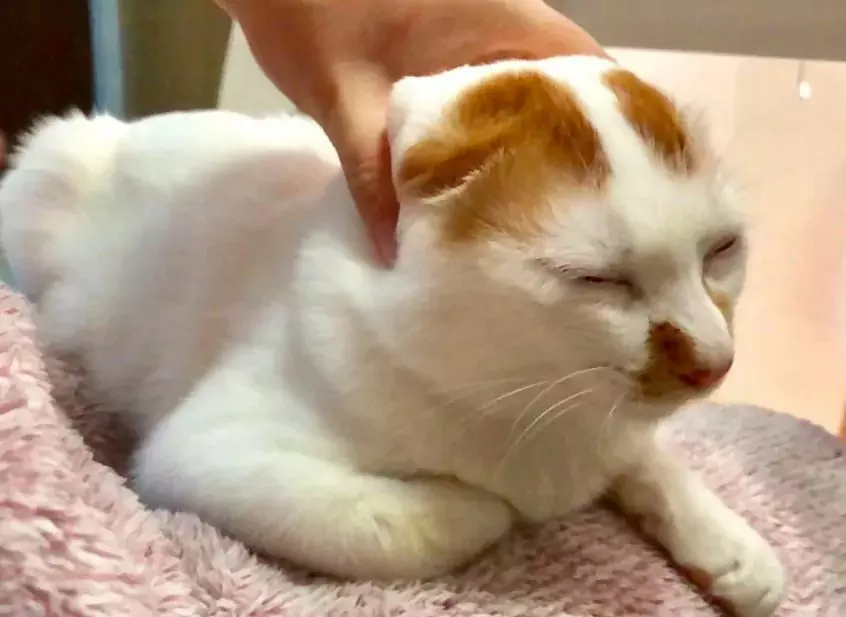
Why do cats sleep so much? How long do cats sleep in a day? Cats' sleep cycles, sleep habits, and dreaming
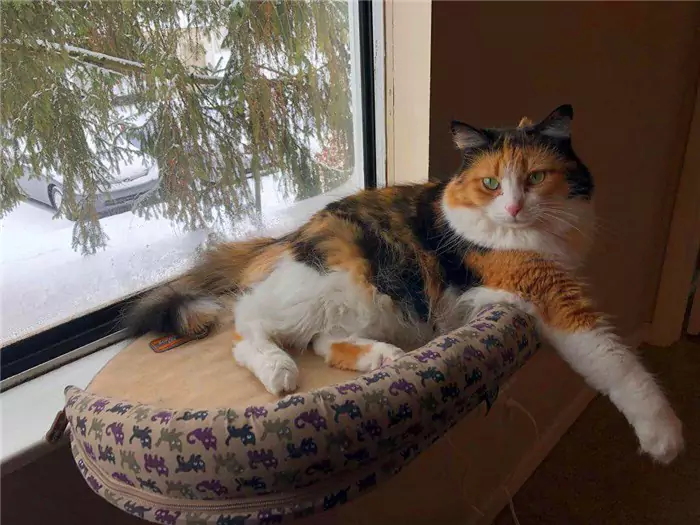
Why is my cat losing its hair?
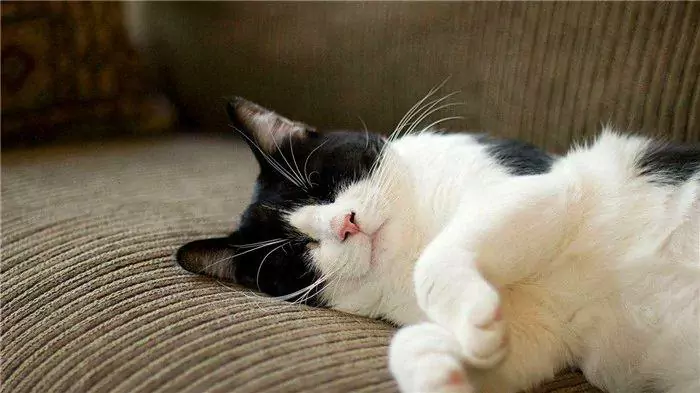
Why do cats purr?
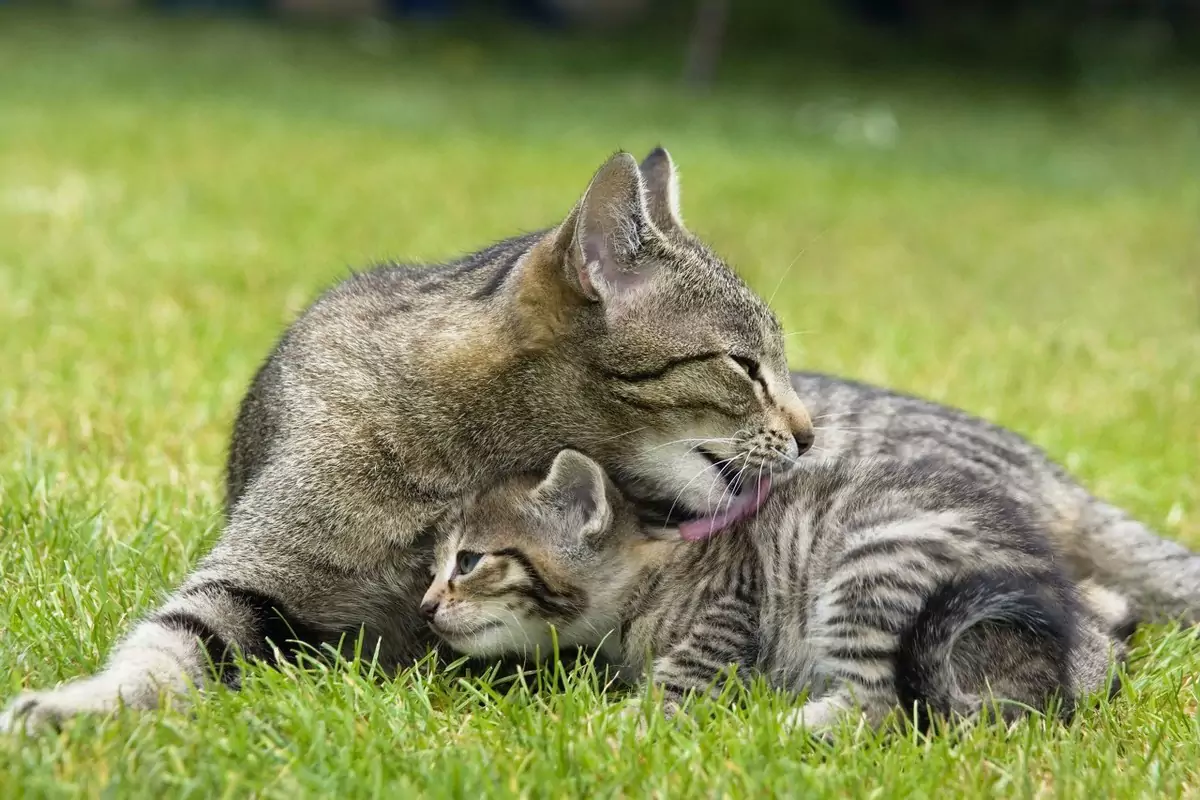
Why do cats groom each other?
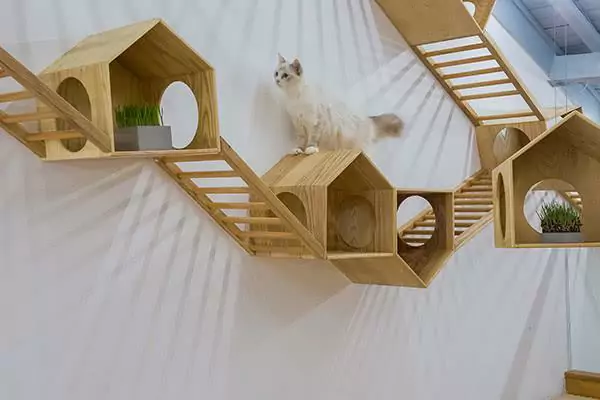
How long do cats live indoors? Do cats get lonely?
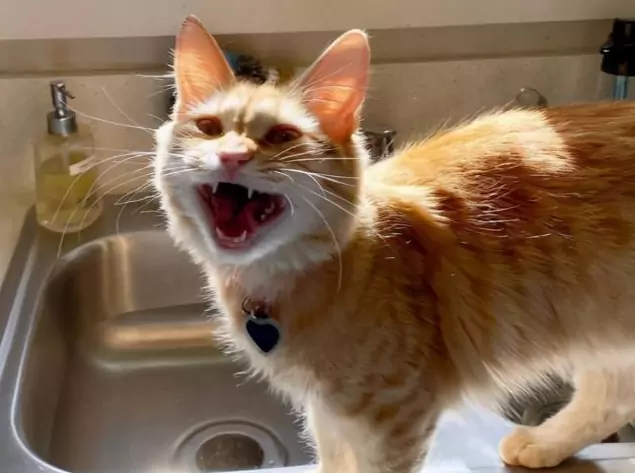
Why do cats make hissing noises? The origin of the hissing sound of cats

Are potatoes toxic to cats? What causes the onset of potato sprout poisoning in cats?
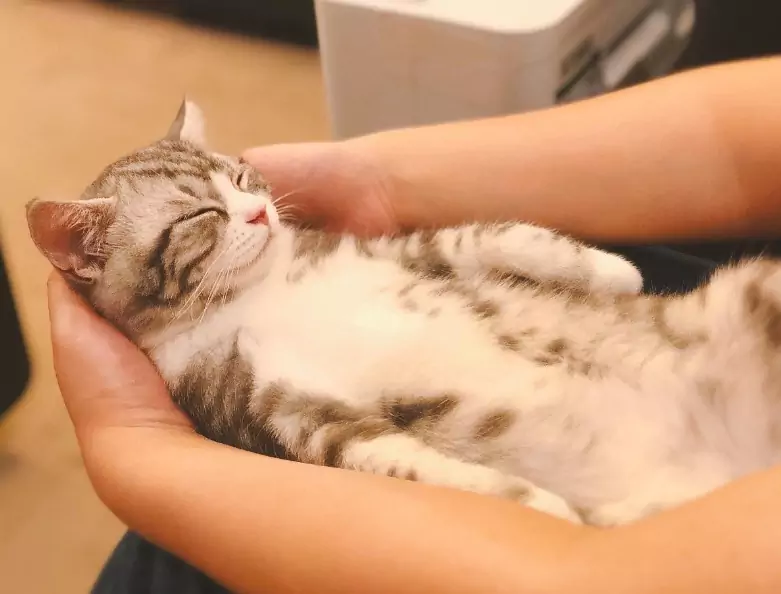
Why does my cat sleep on top of me? Reasons why cats like to sleep next to their owners
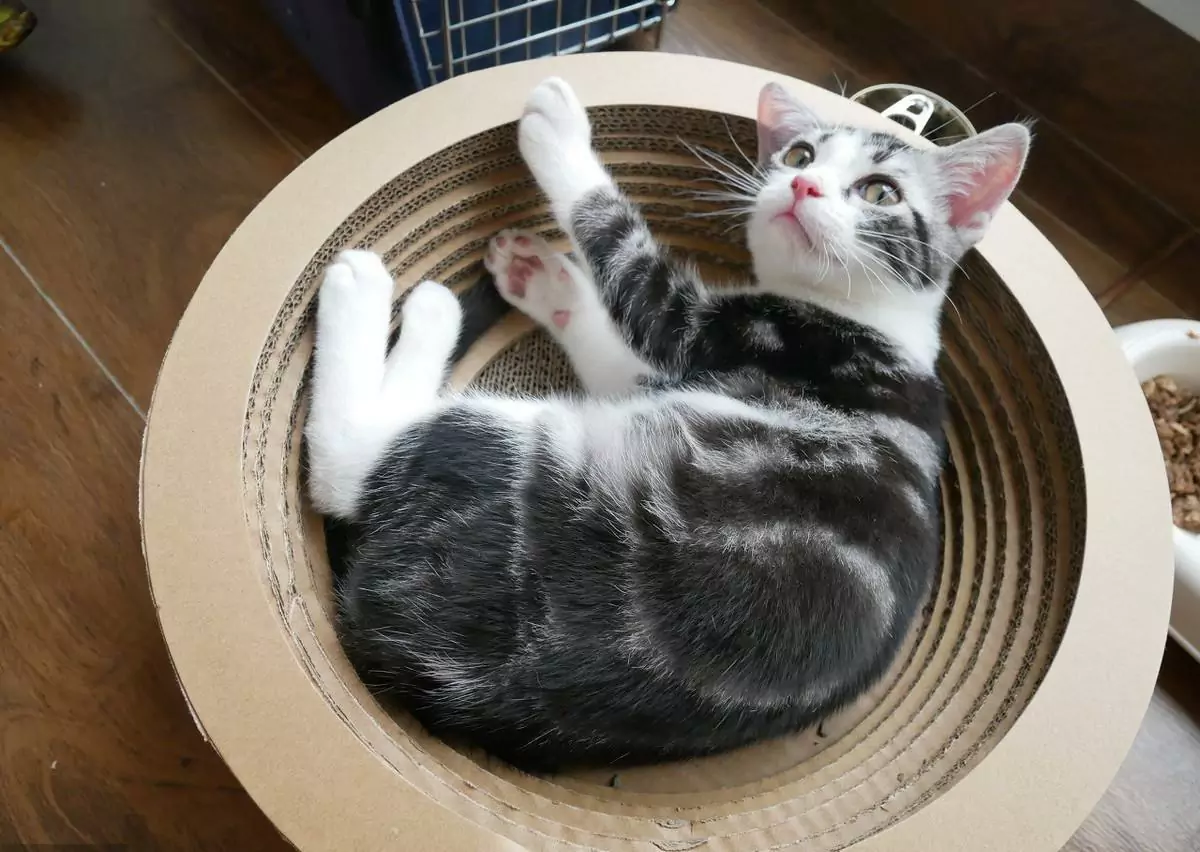
How do make cats like you? How to get cats to like us is quite simple
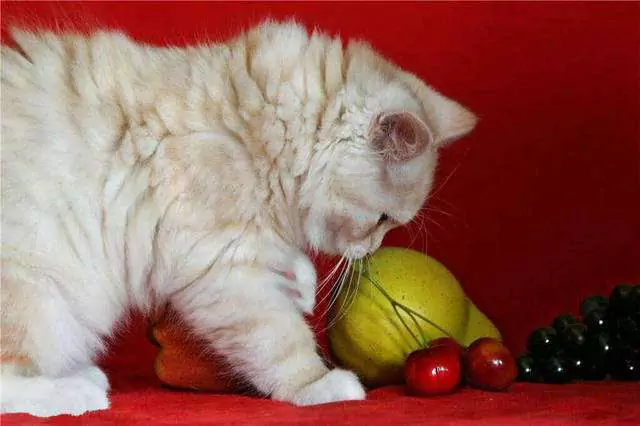
Can cats eat grapes? Why can't cats eat grapes?







